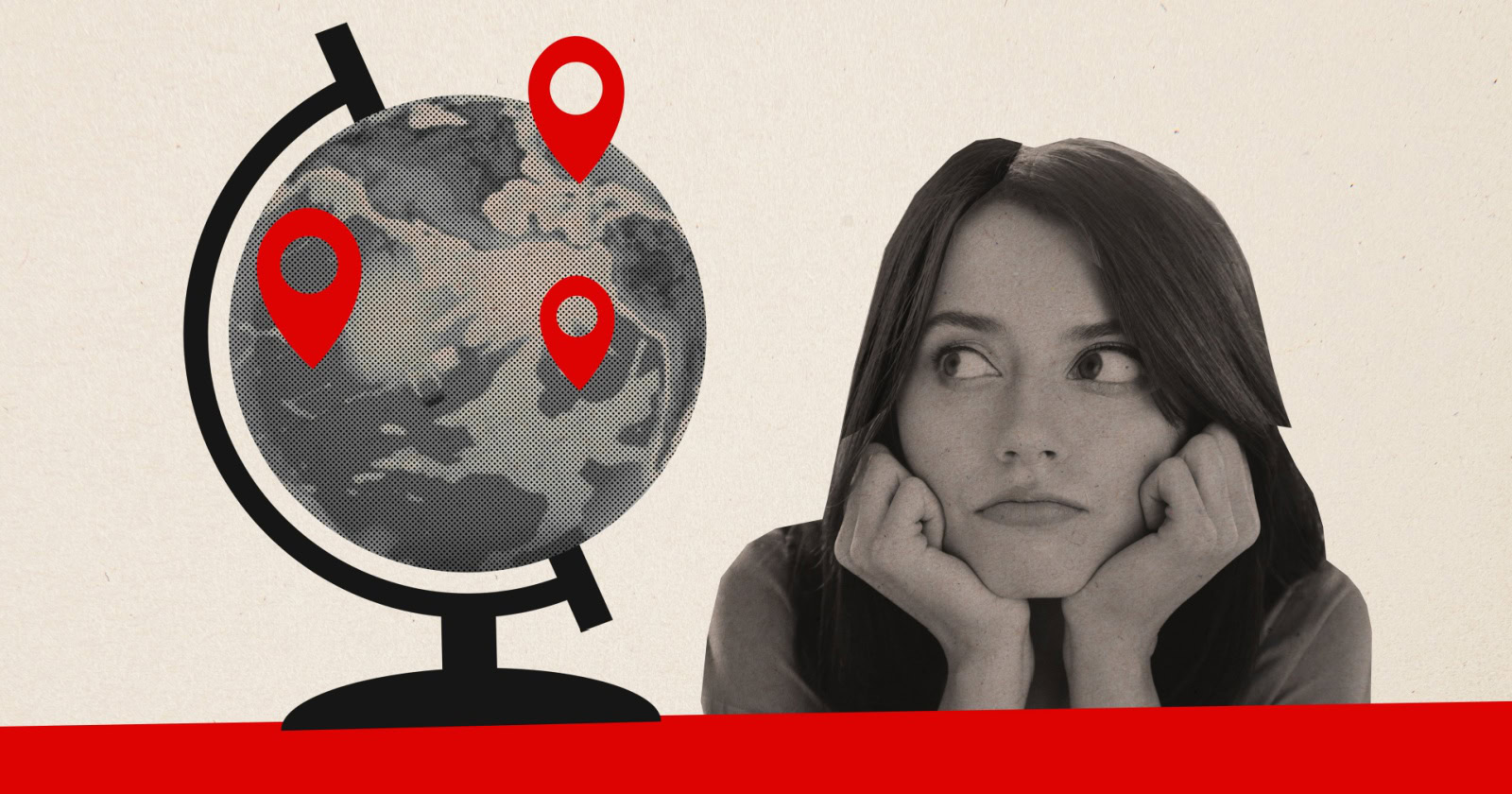This Site Brings Me Back to the Glory Days of 'Local on the 8s' Weather Channel Forecasts
WeatherStar 4000+ recreates those iconic local forecasts—complete with the funky soundtrack.


Credit: Justin Pot
The Weather Channel, for the most part, looked like a normal TV station—until the local forecast would show up. Then it became a pixelated data dump of weather information served over a funky piano soundtrack. There's nothing like it on the internet—well, until. now.
WeatherStar 4000 is a free website that recreates the look and feel of a vintage Weather Channel local forecast, complete with accurate visuals and optional CRT scanlines. Most importantly, it offers a period-accurate lowfi-funk soundtrack that's perfect to chill or study to.
To get started, just go to the site and choose which features you do and don't want using the checkbox. Then, when you're ready, click the full-screen button in the bottom-right corner. Make sure you also unmute the music for the full effect. My editor, upon doing this, told me that it's going to live permanently on his second monitor. I'm happy for him.
The site is the creation of programmer Matt Walsh, who made it as a variation of an older project that aimed to accurately re-create the vintage format. Walsh's site offers new features, including a scrolling hourly forecast and support for wide screen.

Credit: Justin Pot
I love this website. It's not going to replace my weather app, granted, but it's a great tribute to a technology that made cable essential to many. Getting an accurate local weather forecast in the 90s was hard. The newspaper would have one, sure, but that was printed last night and was likely already outdated. You could also try to catch the weather forecast on your local TV station but it generally only aired a few times a day.
What do you think so far?
That's where the Weather Channel came in. This combined national programing with computer generated local forecasts, broadcast every 10 minutes at minutes that ended with the number 8 (the segment was called Local On The 8s). This meant you could turn on your TV anytime you saw an eight at the end of your clock to see an extremely local up-to-date forecast.

Credit: Justin Pot
How did this work? It would have been prohibitively expensive for The Weather Channel to create hundreds of different broadcasts, all with different local forecasts, and then deliver those broadcasts individually to cable providers. The network instead provided cable providers with a computer—called the WeatherStar—that received forecast information as text and used it to create the pixelated video forecasts we all remember. It was an elaborate, automated way to provide something we now take for granted: up-to-date local weather information.
WeatherStar 4000+, you might notice, is named after this device—a fitting tribute. I recommend you turn it on, enable the music, and just vibe for a while. God knows there are less healthy things to do online right now.
The Download Never miss a tech story
 Jake Peterson
Jake Peterson
Get the latest tech news, reviews, and advice from Jake and the team.
The Download Never miss a tech story. Get the latest tech news, reviews, and advice from Jake and the team.

 Koichiko
Koichiko 








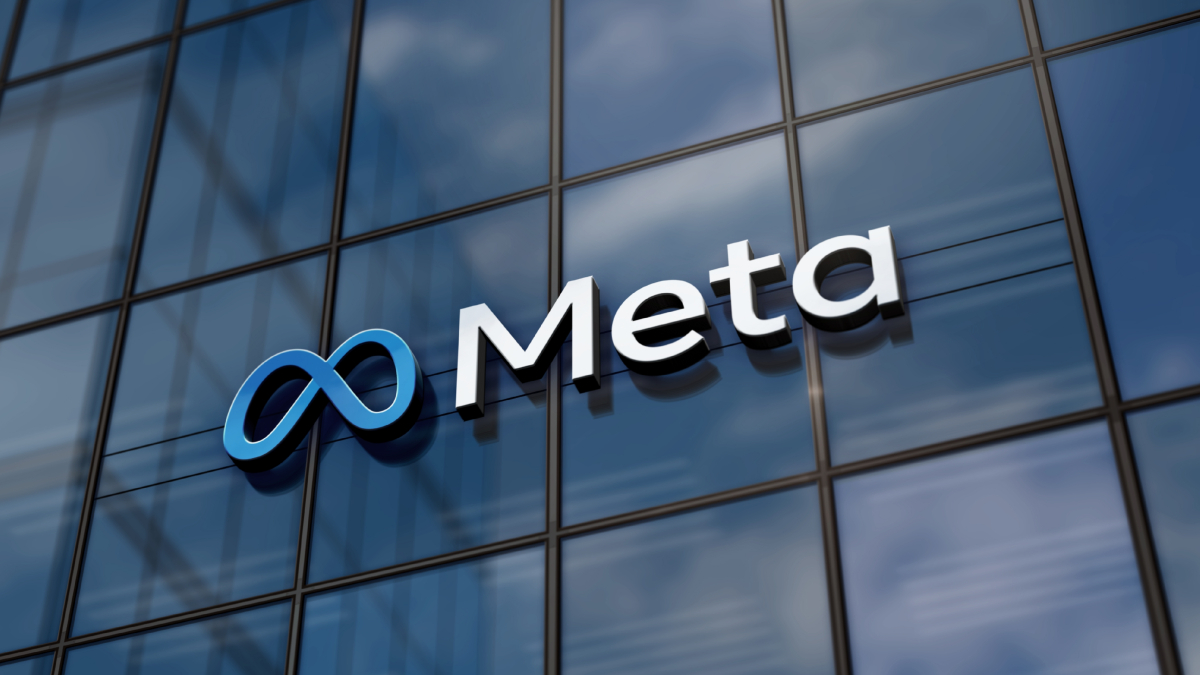
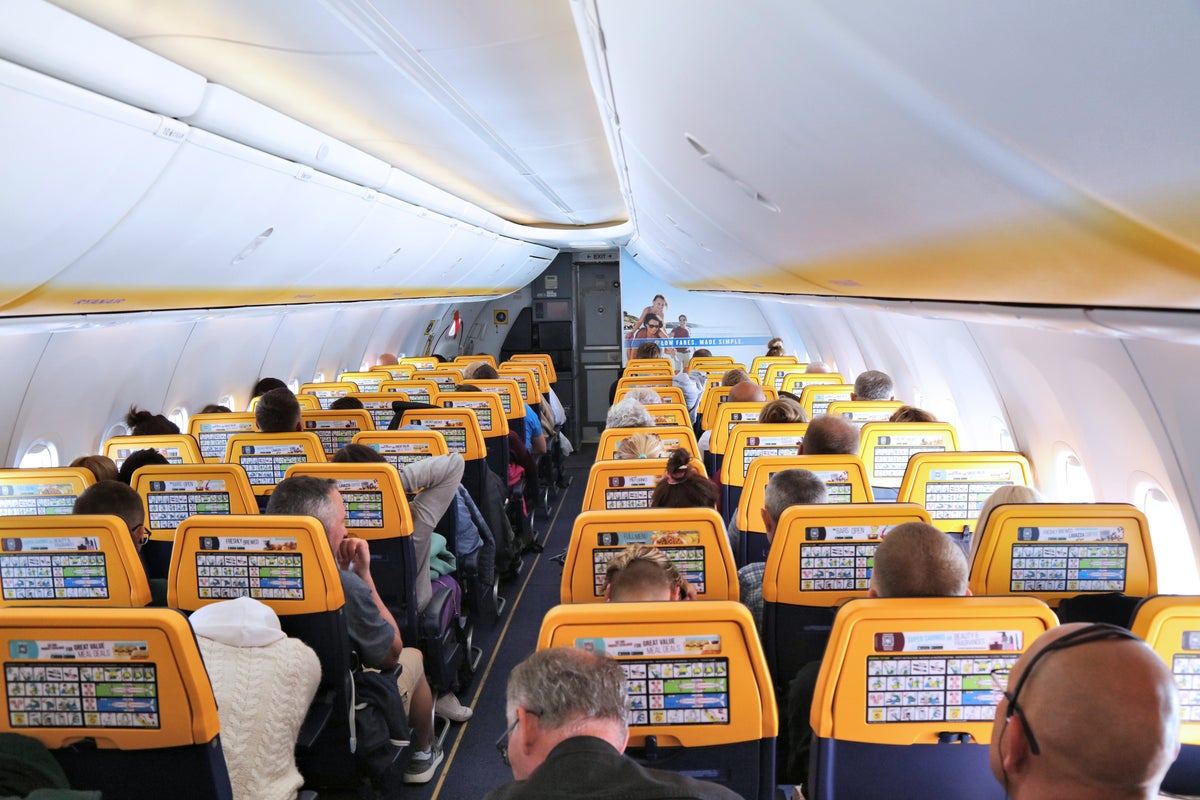
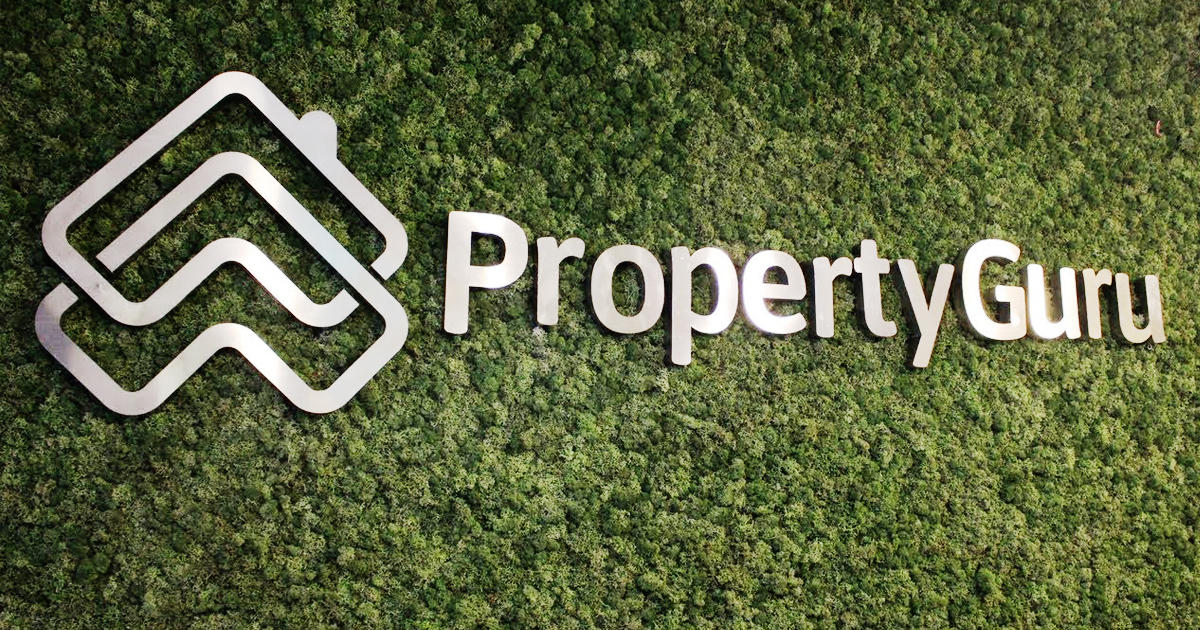
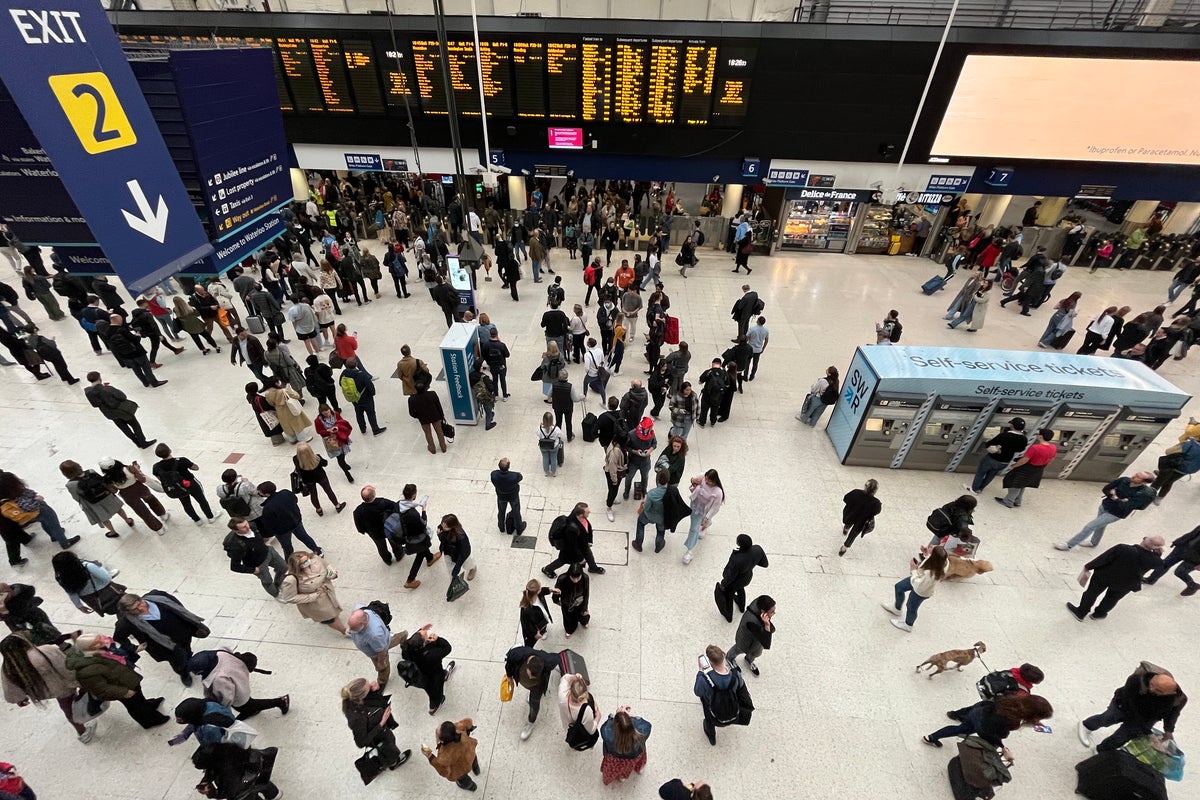
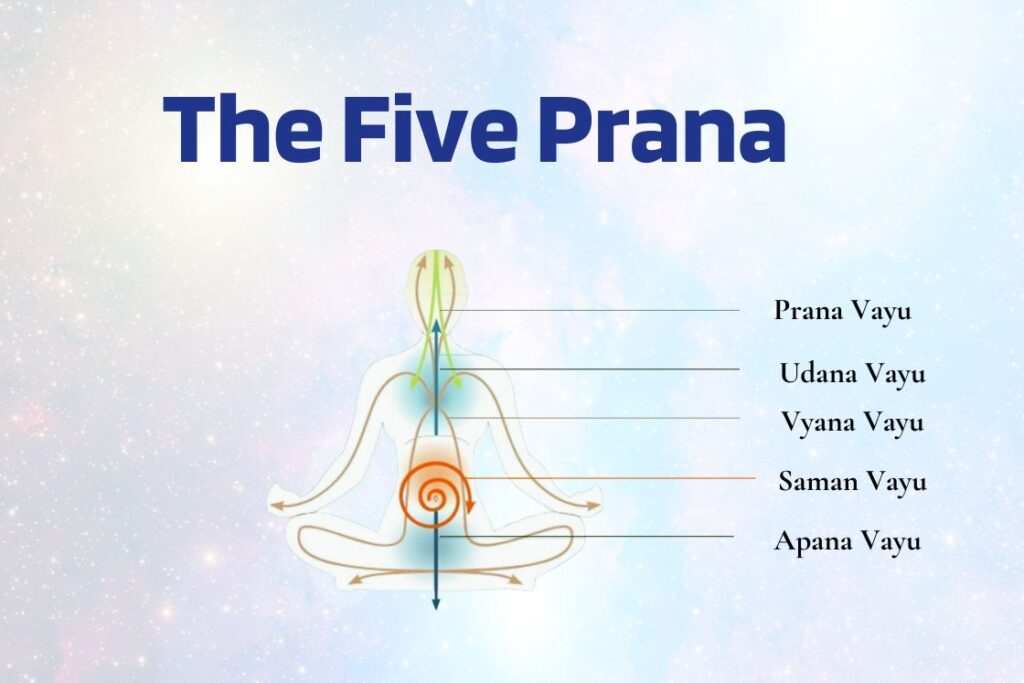






![The 2026 AI Search Benchmark Every SEO Leader Needs [Webinar] via @sejournal, @lorenbaker](https://www.searchenginejournal.com/wp-content/uploads/2025/11/1-259.png)












